Hey there, fellow educators and enthusiasts! Ready to discover the exciting realm of STEM math activities for elementary students?
Let’s begin this journey by acknowledging mathematics’s crucial role in shaping young minds into adept problem solvers. Brace yourself for an exploration of innovative and hands-on math activities that build a solid foundation and spark a lifelong love for numbers.
Answering the call for early exposure to mathematical concepts, elementary school educators are embracing STEM math activities as game-changers. These activities transcend traditional rote learning, creating interactive experiences that blend theoretical knowledge with real-world applications.
Get ready to discover how these activities impart fundamental math skills and nurture critical thinking, creativity, and collaboration—essential skills for navigating our ever-evolving, technology-driven world.
Now, let’s target some specifics. From counting collections of everyday objects to embarking on geometry scavenger hunts and diving into coding adventures, our journey promises to be both enjoyable and educational.
As we read on, we’ll explore how these activities immerse students in math-related challenges, helping them grasp core concepts while developing problem-solving strategies, resilience, and a curiosity-driven approach to learning.
So, gear up for an inspiring exploration of STEM math activities for elementary students that’s bound to shape a new generation of confident and competent mathematicians. Ready, set? Let the math adventures begin!
Table of Content
- Counting Collections Activity
- Geometry Scavenger Hunt
- Measurement Olympics
- Math Bingo
- Fraction Pizzas
- Data Collections and Graphing
- Math Art Projects
- Examples of Math Art Projects
- Time-Telling Fun
- Math Puzzles Galore
- Conclusion
Counting Collections Activity
Objective: The Counting Collections activity aims to cultivate and reinforce counting skills and number sense among elementary school students.

Through this hands-on experience, students count various collections of everyday objects, promoting a solid foundation in fundamental arithmetic concepts.
Process: In the Counting Collections activity, elementary school students embark on a hands-on exploration to develop counting skills and nurture number sense. Students select small, tangible objects such as buttons or paper clips and place them on tables.
They then actively count and group these items, using number cards to match the measured quantities with their numerical representations.Facilitated group discussions encourage students to share diverse grouping strategies, reinforcing the concept of quantity in a collaborative learning environment.
Benefits
- Improves number identification and recognition: Children learn to identify and count objects, solidifying their understanding of numbers and quantity. Develops counting skills: Counting collections provides opportunities to practice counting forward and backward, skip counting, and rote counting.
- Encourages classification and sorting: Organizing collections by specific criteria like color, size, or shape strengthens sorting and classification skills.
- Increases attention span and focus: Counting tasks requires sustained attention and focus, improving concentration and listening skills.
- Makes learning fun and engaging: A hands-on approach to learning makes math more enjoyable and engaging for young children.
Geometry Scavenger Hunt
Objective: Introduce basic geometry concepts, such as shapes and spatial awareness. By actively participating in the scavenger hunt, students will develop an initial familiarity with common geometric shapes and begin to grasp their relevance in the world around them.

The Geometry Scavenger Hunt introduces fundamental geometry concepts to elementary school students, explicitly focusing on shapes and spatial awareness.
Process: Involves students actively exploring their surroundings in search of various geometric shapes. Equipped with a list of shapes to find or identify, students embark on a hands-on adventure, spotting circles, squares, triangles, and other shapes within their environment.
This interactive process engages them in recognizing geometric shapes. It encourages spatial awareness as they identify the positioning of these shapes about one another.
Benefits
- Reinforces geometric concepts: Identifying shapes in real-world contexts strengthens understanding of geometry concepts like lines, angles, polygons, and symmetry.
- Encourages observation and spatial reasoning: Searching for specific shapes requires careful observation and spatial reasoning skills, developing visual literacy.
- Boosts creativity and imagination: Identifying geometric shapes in unexpected places sparks creativity and imagination, encouraging innovative thinking.
- Provides real-world applications of geometry: Connecting geometry to everyday objects and environments demonstrates its relevance and practical applications.
- Improves memory and recall: Remembering the clues and locations of shapes strengthens memory and recall skills.
Measurement Olympics
Objective: Explore measurement concepts (length, weight, volume).
The Measurement Olympics is an engaging and interactive activity designed for elementary school students to explore various measurement concepts, including length, weight, and volume.
Process: The Measurement Olympics divides teams, assigning each to different measurement challenge stations. These challenges may include measuring the length of objects using rulers, comparing the weights of various items, and estimating and measuring volumes of liquids.
Students rotate through these stations, applying measurement techniques and tools to solve each challenge.
Benefits
- Hands-On Learning: The Measurement Olympics transform abstract measurement concepts into tangible, hands-on experiences, enhancing students’ understanding of length, weight, and volume through direct engagement.
- Enhances measurement skills: Applying various measurement tools and techniques in practical scenarios solidifies understanding of measurement concepts like length, weight, volume, and area.
- Increases accuracy and precision: Repeatedly using measurement tools refines motor skills and improves accuracy and precision in measuring objects.
- Team Collaboration: The group-oriented nature of the activity encourages teamwork and collaboration as students work together to tackle measurement challenges, fostering social and interpersonal skills.
- Real-World Relevance: The activity emphasizes the real-world applications of measurement, preparing students to use these skills in various contexts beyond the classroom, such as cooking, crafting, and daily tasks.
Math Bingo
Objective: Reinforce basic arithmetic operations (addition, subtraction, multiplication, division).
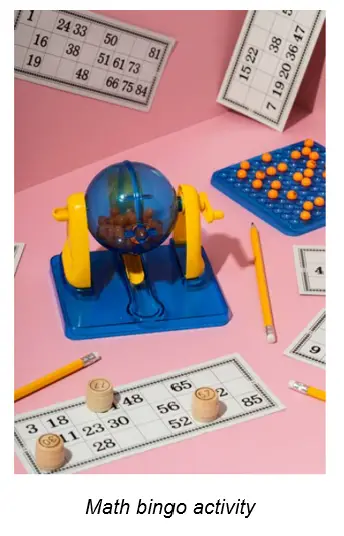
Math Bingo is an engaging and interactive activity that reinforces basic arithmetic operations, including addition, subtraction, multiplication, and division.
Process: In Math Bingo, each student receives a bingo card with a grid of numbers. The teacher or facilitator calls out math problems, and students solve them independently. If the solution corresponds to a number on their bingo card, they mark it.
A student completes a row or column first and shouts “Bingo!” the group acknowledges them as the winner. The process continues with multiple rounds to reinforce different arithmetic operations.
Benefits
- Reinforcement of Basic Math Skills: Math Bingo offers a playful yet effective way to reinforce basic arithmetic skills, allowing students to practice math principles in a fun and engaging setting.
- Increased Speed and Accuracy: The game format encourages students to solve problems quickly, enhancing their mental math skills and promoting accuracy in arithmetic operations.
- Positive Attitude towards Math: By turning learning into a game, Math Bingo fosters a positive attitude toward mathematics, making the practice of fundamental math operations enjoyable and rewarding for students.
Fraction Pizzas
Objective: The primary goal of Fraction Pizzas is to introduce students to the fundamental concepts of fractions. Students will learn to visually represent and understand the idea of parts of a whole by creating pizza slices.

Process: Each student receives a paper template resembling a pizza. Encourage students to divide the pizza into equal parts, representing different fractions, and use toppings or colors to differentiate the slices.
Students then discuss and share their pizzas, describing the fractional parts they created. Through this hands-on process, they visually grasp concepts such as halves, quarters, and thirds in a familiar and enjoyable context.
Benefits
- Visualizes fractions: Dividing a pizza into equal slices provides a concrete representation of fractions, making abstract concepts more tangible.
- Introduces fraction vocabulary: Labeling pizza slices with fraction symbols and words (e.g., half, quarter) familiarizes children with basic fraction terminology.
- Encourages equivalent fractions: Sharing and combining pizza slices demonstrates the concept of equivalent fractions and promotes understanding different representations.
- Promotes addition and subtraction: Adding and subtracting pizza slices provides hands-on practice with basic fraction operations in a relatable context.
Data Collection and Graphing
Objective: The mail goal of this activity is to introduce students to the concept of collecting and representing data.
The Data Collection and Graphing activity introduces elementary school students to the fundamental concepts of collecting and representing data.
Process: Students begin by selecting a topic for data collection, which could range from favorite colors to preferred book genres. After gathering data from their classmates and recording responses, students create a graph representing their findings.
Graph creation can involve constructing bar graphs, pie charts, or other visual representations. The class then discusses and interprets the graphs, concluding the collected data.
Benefits
- Introduces concepts of data collection: The activity encourages children to collect and organize data, laying the foundation for statistical thinking.
- Promotes data analysis and interpretation: Analyzing and interpreting collected data develops critical thinking skills and helps children draw meaningful conclusions from information.
- Encourages scientific inquiry: The activity promotes scientific inquiry by posing questions, collecting data, analyzing results, and drawing conclusions.
- Enhances teamwork and collaboration: Collecting and analyzing data collaboratively fosters teamwork, communication, and shared responsibility.
Math Art Projects
Objective: To blend creativity with mathematical concepts, creating a link between mathematics and creativity. This enables students to visualize abstract ideas and delve into the artistic aspects of mathematical principles.
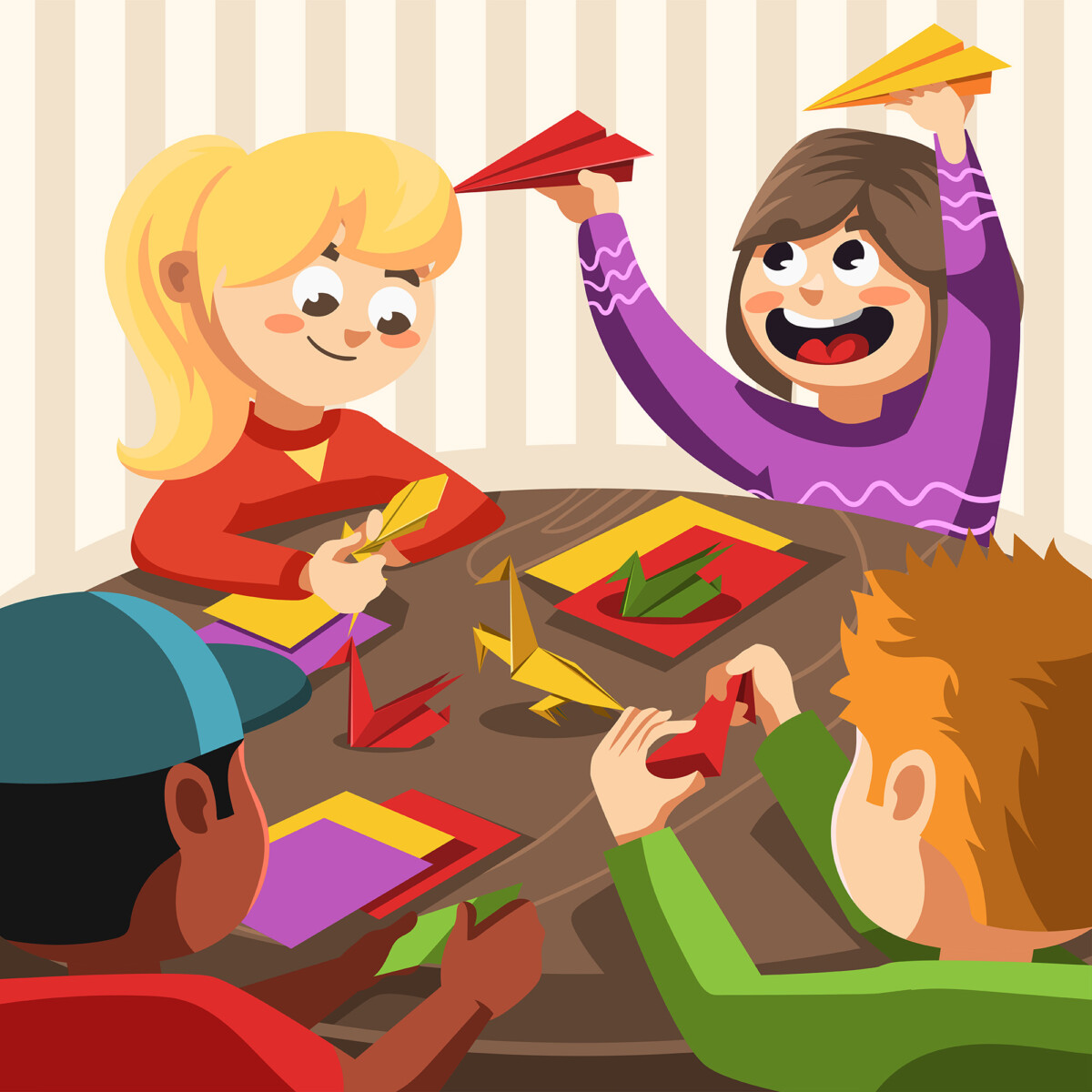
Process: Students begin by selecting a mathematical concept or topic, such as geometric shapes, symmetry, or patterns. They then use this concept as a foundation for creating artwork. For instance, students may design a piece using symmetrical patterns or incorporate geometric shapes into a visual composition. The process involves applying mathematical principles and allowing room for individual creativity and interpretation.
Benefits
- Develops spatial reasoning: Creating art projects requires visualizing shapes, patterns, and relationships in space, strengthening spatial reasoning skills.
- Connects math to other subjects: Integrating art with math fosters cross-curricular learning and helps children see connections between different disciplines.
- Boosts self-confidence: Completing successful art projects increases self-confidence and a sense of accomplishment.
Examples of Math Art Projects
Origami: Folding paper into various shapes teaches children about geometry, proportions, and spatial relationships.
Data Art: Transforming data into visual representations like bar graphs or pie charts improves data analysis and graphing skills.
Time-Telling Fun
Objective: The objective of the “Time-Telling Fun” STEM game is to equip elementary school students with the fundamental skill of reading analog and digital clocks.

The Time-telling Fun activity is a dynamic approach aimed at teaching elementary school students the essential skill of reading analog and digital clocks.
Process: The activity commences with an introduction to the basic mechanics of analog and digital clocks. Students engage in interactive exercises that identify and set the time on both clock types. Hands-on activities like creating paper clock faces and participating in digital time-telling games enhance the learning experience.
Classroom discussions explore the significance of time in daily routines, emphasizing the practical application of time-telling skills.
Benefits
- Practical Life Skills: Time-telling Fun equips students with valuable life skills, enabling them to read and interpret analog and digital clocks accurately, a fundamental competency for daily activities.
- Increased Time Awareness: Through interactive exercises, students develop a heightened awareness of the passage of time, aiding in better time management and organization.
- Foundation for Math Skills: Learning to read clocks lays a foundational understanding of numerical concepts, counting, and the concept of time as a measurable quantity, reinforcing mathematical principles.
- Real-world Application: Time-telling skills acquired through this activity have immediate applicability in real-world scenarios, such as managing schedules, understanding timetables, and ensuring punctuality in various daily activities.
Math Puzzles Galore
Objective: The Math Puzzles Galore STEM game enhances elementary school students’ problem-solving skills and logical reasoning through engaging puzzle activities.
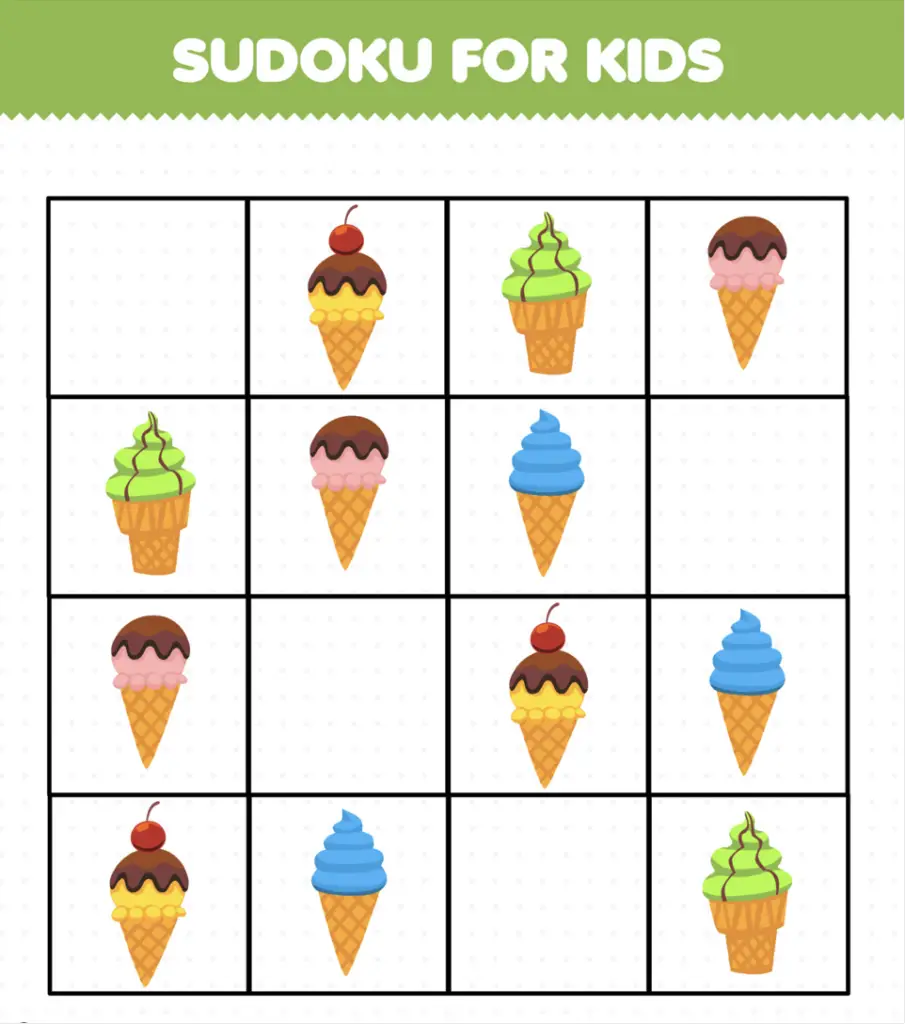
Process: This activity begins with an introduction to various math puzzles, ranging from Sudoku to logic puzzles. Students dive into hands-on puzzle-solving experiences that challenge them to apply mathematical concepts playfully.
Whether deciphering number patterns, solving cross-number puzzles, or unraveling logic challenges, students actively engage in critical thinking.
Benefits
- Cultivates Problem-Solving Skills: Encourages students to approach problem-solving with creativity, fostering the development of effective strategies.
- Enhances Logical Reasoning: The diversity of puzzles sharpens logical reasoning skills, helping students make connections between different mathematical concepts.
- Promotes Collaborative Learning: Group puzzle-solving sessions encourage teamwork, communication, and the exchange of problem-solving approaches.
- Makes Learning Fun: By transforming abstract mathematical ideas into engaging puzzles, the activity ensures that learning remains enjoyable and captivating for students.
Conclusion
In conclusion, the STEM math activities explored aim to make learning enjoyable and practical for elementary students. From counting collections to math art projects, the emphasis is on foundational skills, critical thinking, and real-world applications.
These interactive activities demystify math concepts and foster problem-solving skills and a positive attitude toward STEM subjects. The overarching goal is to encourage ongoing curiosity, laying the foundation for a generation enthusiastic about mathematics’s practical and creative aspects.
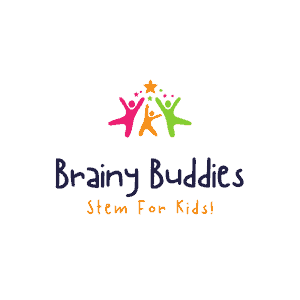

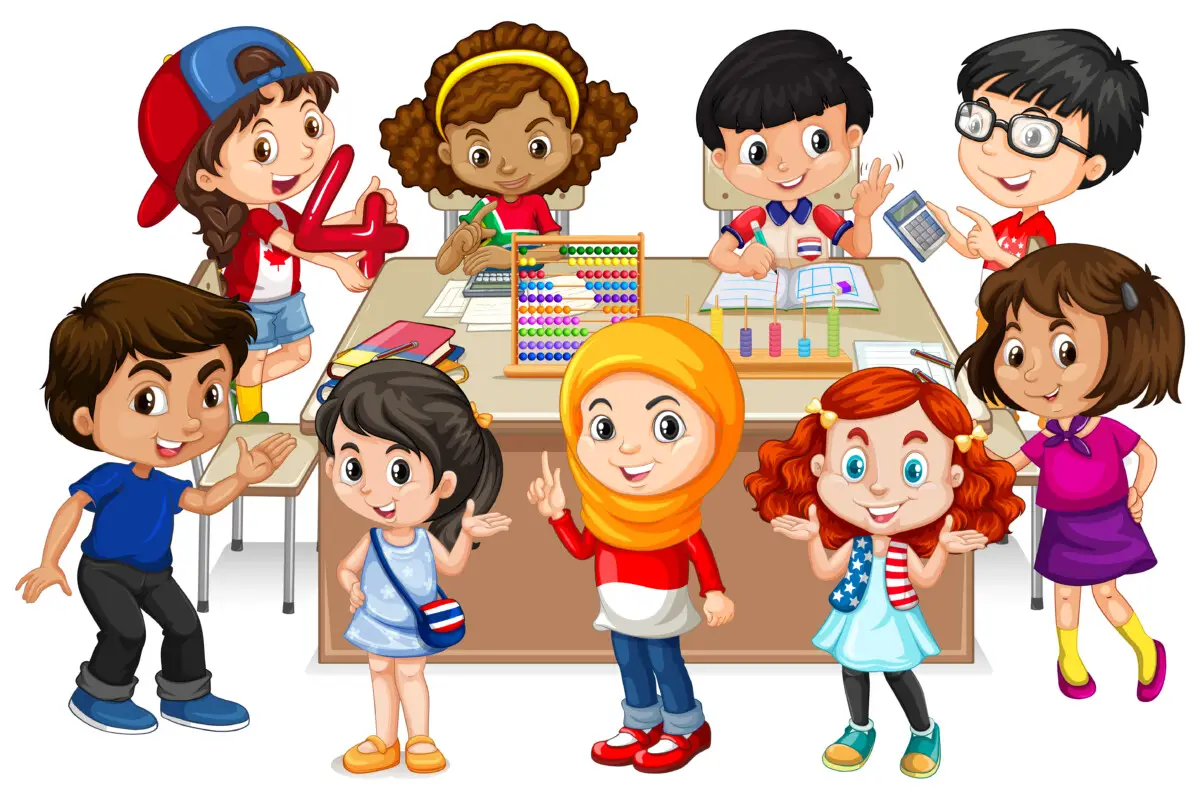
I wonder how much work goes into creating a website this excellent and educational. I’ve read a few really good things here, and it’s definitely worth saving for future visits.
Hi, thanks so much for your kind words! I’m thrilled you’ve found the website educational and enjoyed the content. It definitely makes all the hard work worthwhile knowing it’s being appreciated. We put a lot of effort into creating informative and engaging content, so I’m glad it’s resonating with you. I’m curious, what other topics would you like to see covered on the website?